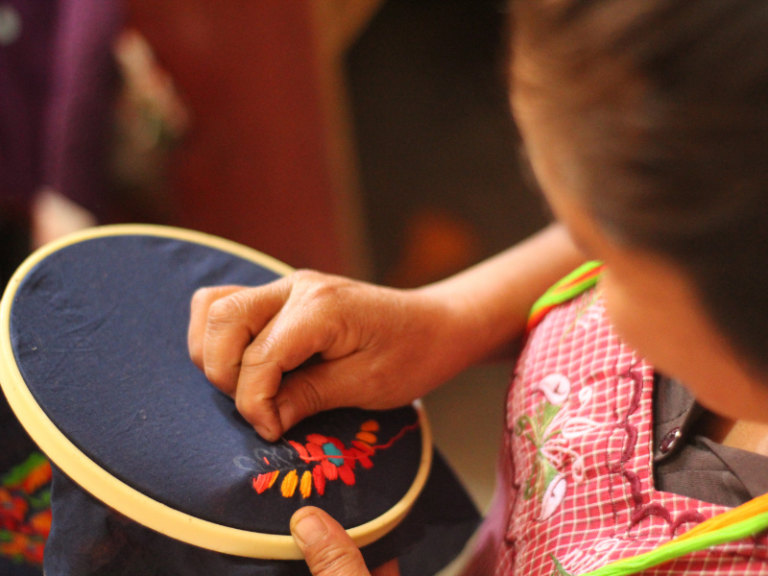Creating textiles as a fine art is simpler than it seems. Consider the current textile art you make: can you step on it, wear it or use it — or is it designed to hang on a wall? If it’s hanging pieces you create, it may be easier to market your work as fine art. Decorative artwork will usually sell for more than anything created for a practical purpose.
Textile art includes everything from carpets to macramé, embroidery to mixed media and printing. Makers in one area are unlikely to cross over into others unless they are already working as mixed-media artists.
Most people come to textiles from crafting. This means it rarely reaches the dizzy heights of fine art, but remains a hobby craft that might bring in a bit of money on the side. But textiles are the most common crafts we have in our house – and there is plenty of potential to turn textiles into fine art.
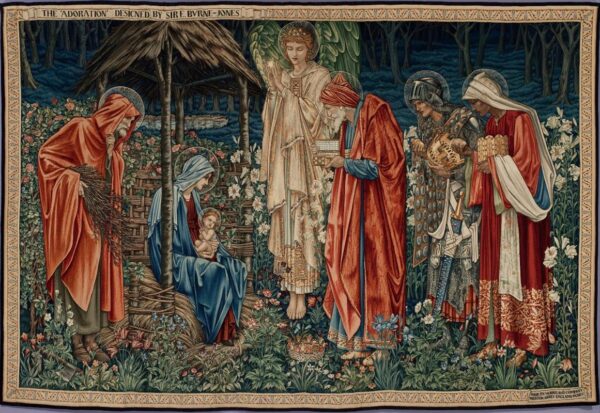
How have fine artists used textiles
Louise Bourgeois is probably one of the most famous textile artists. She incorporated fabric and thread into her work, sometimes using her own clothes. The artist came from a family-run tapestry-restoration workshop, making her well placed to develop textile art — from found-object exhibits of old clothes, to printed handkerchiefs and woven 3D sculptures. “Clothing is…an exercise of memory,” she said. “It makes me explore the past…how did I feel when I wore that…”
Print and textile designers
Textile design probably has the most practical application, but it also has the most possibilities when it comes to crossing over to the art market.
Today’s textile designers are looking for more in their careers than creating great-looking curtains. A wide range of textile courses are available, covering the disciplines of hand-printing, block printing and a more hands-on approach to printing. Of course, there is also instruction on the delights of digital design and its potential in the commercial market.
If you want your textile prints to work in the art world, hand-printing will offer up that most valuable of commodities: exclusivity. You can hand-print onto textiles in series, and even if the colors and design are the same, each will have small inconsistencies that collectors love. Try creating a single image, which will sit better on a collector’s wall.
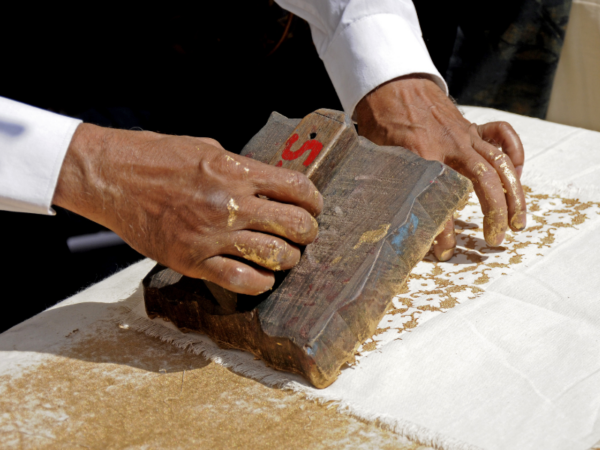
Look at the inks and colors you use, and choose your fabrics carefully. Each fabric has a different weave which will affect how the ink is absorbed into the surface. This is really all about trial and error. Unbleached linens and high-thread cottons are definitely worth considering. Canvas can be bought cheaply on rolls or you can print directly onto a primed stretcher.
You don’t need to go to college to learn how to print. Night classes in block printing and linocuts will get you on your way, as can playing around with cheap kits to discover if you have a knack for printing. All you need to do is sketch out your ideas and translate them onto your template.
Leah Higgins is a foremost textile printmaker. Her striking work combines printing on textiles with other media. Be inspired by her art quilts.
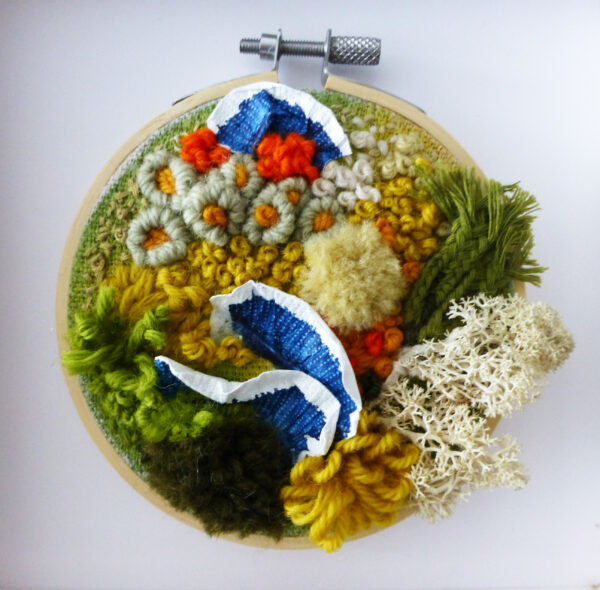
Embroidery
Once considered the preserve of fine ladies rather than fine artists, embroidery has come a long way in the arts and crafts movement in recent years.
An increasing number of fine artists are introducing embroidery onto their canvases, as part of a mixed-media approach. You’ll find wool and threads replacing or enhancing paint to create a more 3D image. This method has been around for decades, but if you are a more traditional practitioner, try using a ready-made box canvas instead of a traditional hoop method. Sketch out your idea on the canvas with a pencil and embroider freehand to see what happens.
Artweb artist Diane Rogers is inspired by the details and textures in the world around her. She works in hand-painted or printed silk, embroidered and quilted art. Her lichen embroideries emulate what she sees in nature.
One of the oldest forms of textile arts, these wall-hung handwoven creations date back millennia. We tend to look at tapestry as old wall hangings favored by the monarchy that can be found in castles and museums. Tapestry has an important role to play in storytelling by depicting people and events.
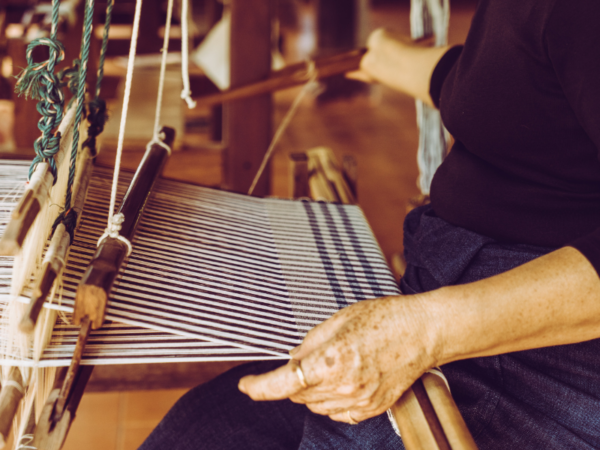
Tapestry
Today, plenty of artists push the boundaries of this old art form. Among them is Frances Crowe, considered one of the top contemporary tapestry artists today. Her work often captures world events and creates evocative images. Her latest works explore the Covid pandemic and family separations. Get a taste for tapestry in one of her videos.
UK-based artist Grayson Perry won the Turner Prize for ceramics, but one of his most famous works is The Vanity of Small Differences, a series of six large-scale tapestries depicting the British.
Often copied but never bested, there is a huge tradition of tapestry within Indigenous cultures which all textile artists should know. Find out more at the National Museum of the American Indian, which has an incredible collection and a wealth of resources looking at the dyes and fabrics, designs and subjects of Indigenous art.
For more inspiration, visit the specialist Textile Artist website.

